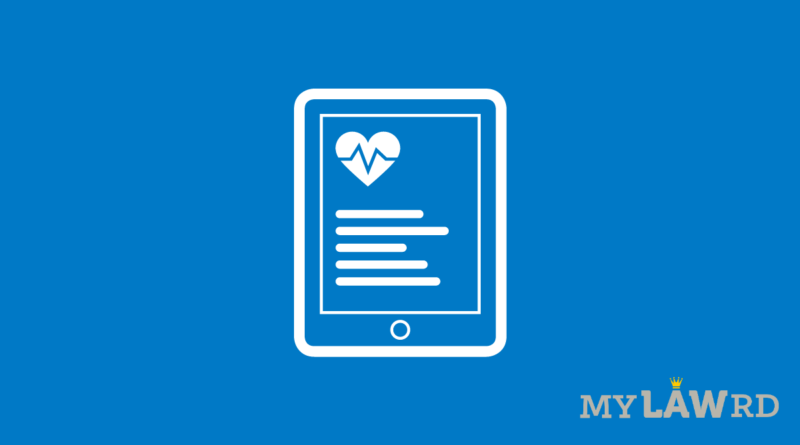Ayushman Bharat Digital Mission launched, what is the initiative about?
Prime Minister Narendra Modi has now launched the Ayushman Bharat Digital Mission. Due to the pandemic, the launch was online. The main highlight of the launch is the rollout of the health ID feature for the public.
The PM had announced the initiative last year on Independence Day. Till now, the government was testing the mission in the pilot phase in six union territories. These territories are Andaman & Nicobar Islands, Lakshadweep, Puducherry, Chandigarh, Ladakh, Daman & Diu, and Dadra & Nagar Haveli.
According to a press release, private firms would also be able to participate in the health ecosystem under the Ayushman Bharat Digital Mission. They can become a Health Information Provider or Health Information user. However, the focal point of the mission is the Health ID for Indian citizens.
What is Health ID?
The health ID will be a repository of all health-related information of a person. According to the National Health Authority (NHA), every patient who wishes to have their health records available digitally must start by creating a Health ID. All they need to do is share their personal basic details and mobile number or Aadhaar.
Further, each Health ID will be linked to a health data consent manager such as Nationa Digital Health Mission (NDHM). Pursuant to a patient’s consent using the consent management framework, the health ID will allow for a seamless flow of health information from the Personal Health Records module.
In a country like India, where patient medical records are rarely comprehensive or readily available, the addition of a health ID could be quite beneficial. Doctors and healthcare providers will be able to pull this information, primarily medical history, to treat patients in a better manner.
Earlier, an RTI response revealed that the government was able to enrol over 11 crore Unique Health IDs in the six union territories through the CoWIN platform.
A repository of Healthcare Providers
Other than the Health ID, the Mission will also include a Healthcare Professionals Registry (HPR) and Healthcare Facilities Registry (HFR). These repositories will store details of all healthcare providers, across both modern and traditional systems of medicine.
The Mission will create interoperability within the digital health ecosystem, improving citizen convenience.
The Technology underneath
Citizens can use the Ayushman Bharat Digital Mission’s health ID feature to upload their health information. Health care providers can access the data via computers or cell phones with the consent of the user.
The Health ID is a part of the broader National Health Stack. As such, it will include two registries – the National Health Registries layer and the Service Layer. The former forms the base of the Stack and has the services required to manage the master data for all health programs. On the other hand, vertically on top of it, there is a layer of software services that will operationalize programs. This includes Coverage and Claims Platform, a Federated Personal Health Records (PHR) Framework, and a National Health Analytics Framework (NHAF) amongst others.
The Mission is also creating a Sandbox to help organizations test their products within the contemporary policy/ legislative framework.
Do subscribe to our Telegram channel for more resources and discussions on technology law and news. To receive weekly updates, don’t forget to subscribe to our Newsletter.

